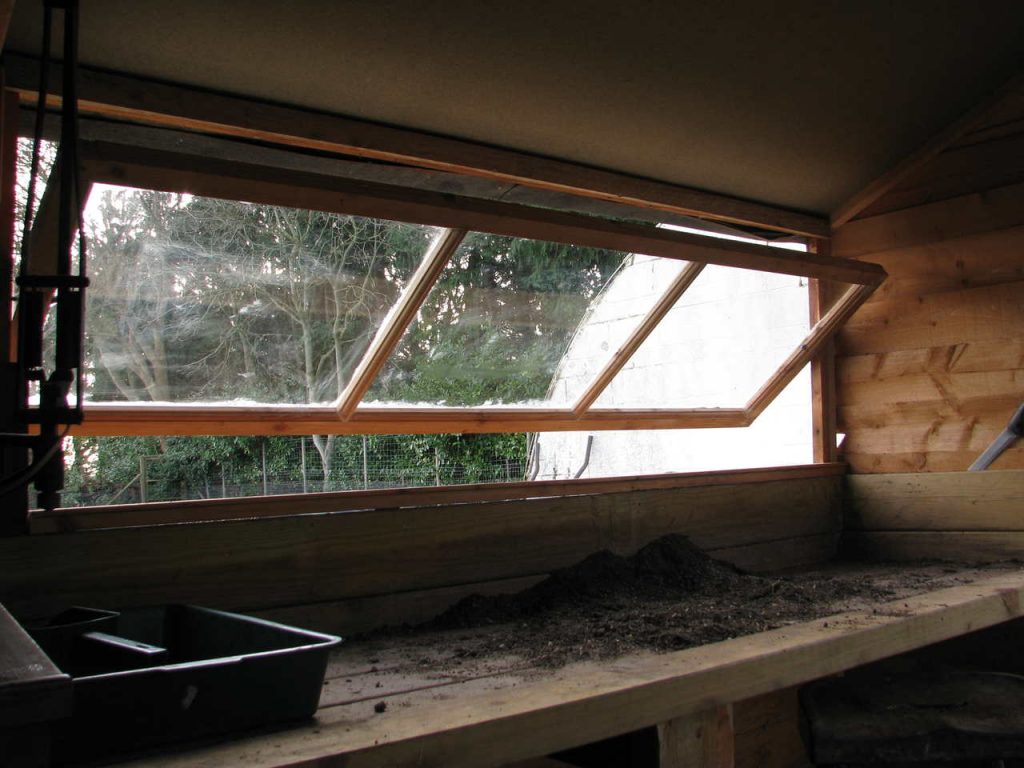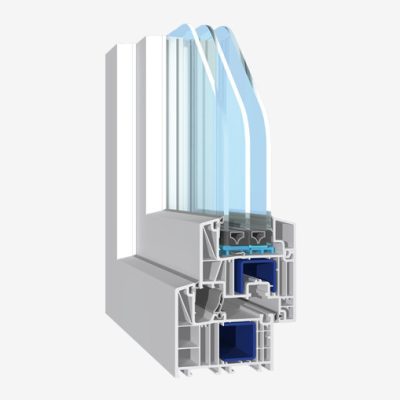
There are various types of windows on the market today: for example, those that can rotate. They are eye-catching constructions, but in many cases they are simply very useful – becoming the only solution in an architecturally unusual place.
What are the characteristics of rotating windows?
They can be round or rectangular. They also come in two types of rotation: a vertical axis of rotation or a horizontal axis of rotation. This allows the opening method to be customised to the user’s needs and preferences. This (different shape or type of rotation) allows for the practical use of space in a room (in which the pivot window will be installed) that is not too large. An important design feature of pivot windows is that they do not have an aluminium drip edge: water is drained away through the specially shaped frame. The advantages of pivot windows include the fact that they are easy to clean, because after turning the sash 180°, you have convenient access to the outside of the pane. They are also manufactured in such a way as to ensure good tightness: the wind presses against the sash, effectively pressing it against the frame.
Where will pivot windows be particularly useful?
They work best in hard-to-reach places (which can be small), but also in the case of windows with large sash widths. They are also used in interiors where space is limited and you don’t want to waste it on opening window sashes sideways (e.g. in kitchens). Pivot windows are also a great solution for investors who want to have interesting types of glazing in their buildings: they can be elliptical in shape. Pivot windows can be particularly useful in attics, where sloping walls reduce the usable space. They can also be successfully used as skylights in stairwells, where they are not only a display case but also a window with a functional sash.
Read also:



